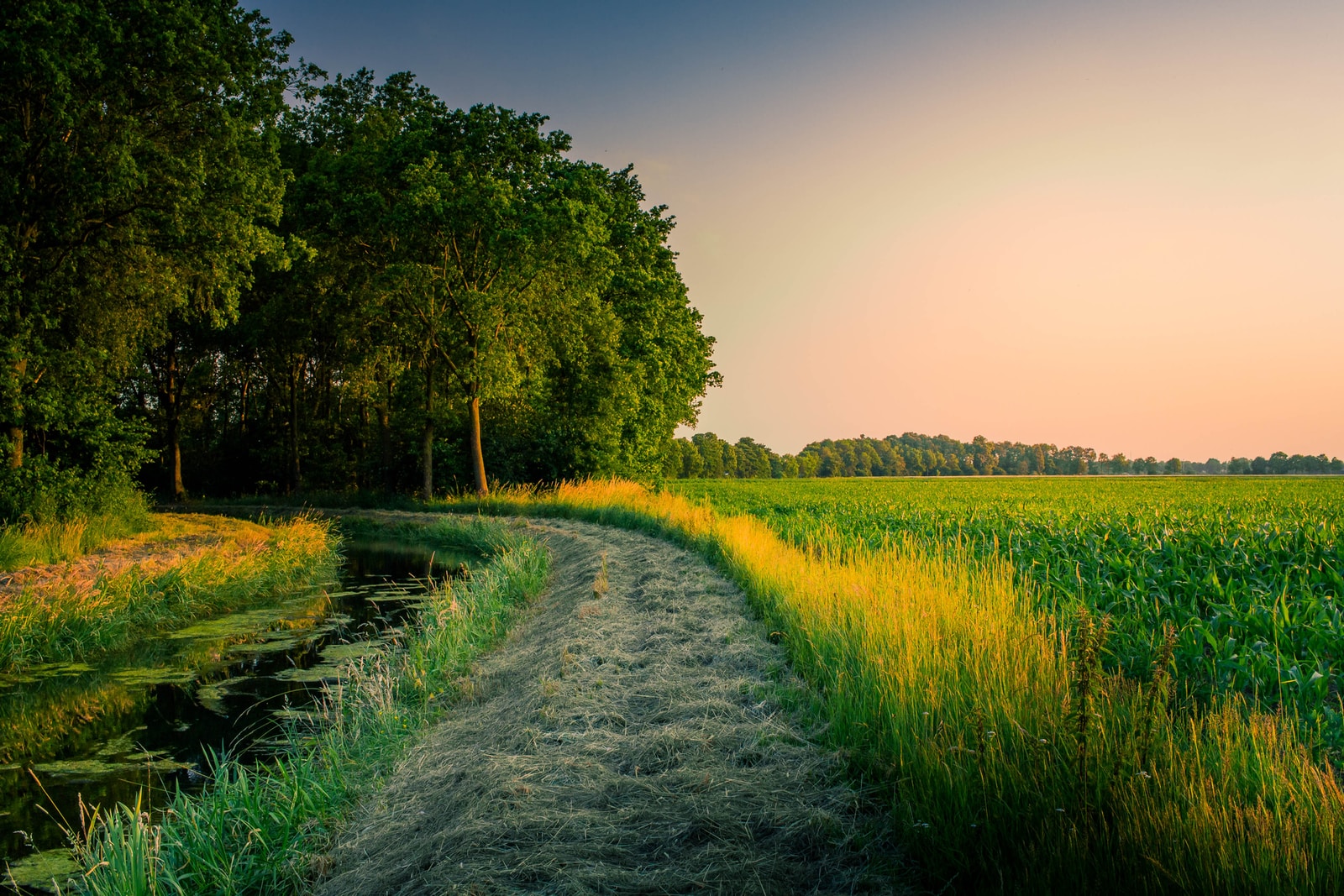Convert Lawns to Meadows
When you think of a meadow, you might think of a vast field of grasses and multi-colored blooms. But the truth is, you don’t need much space for a meadow. They are easy to create and very low maintenance, saving you time and also reducing emissions from maintenance equipment and reducing water usage. Importantly, they attract pollinators and provide food and shelter for many insect species. At the same time, you get to enjoy the beauty of flowering plants in your yard.
This guide from the UCONN Home & Garden Education Center provides helpful information on choosing the right plants and selecting and preparing the right place in your yard for your wildflower meadow. There are a number of local landscape architects who are experienced native meadow planters, see our resources guide for more information.
STAY INFORMED
Meadows are an essential habitat for many types of insects. Recent research has shown that there has been a dramatic decline over the last 30 years in the number of flying insects, including a 76% overall decline in butterflies in the last four decades.
Westport’s Pollinator Pathway
The pollinator pathway is an initiative that connects communities together in order to provide plant habitat and nutrition for pollinators. Since more than 30% of the food we grow relies on the work of pollinators, it is critically important to provide bees, butterflies, birds and other creatures with the nectar and pollen they need to live! Converting your lawn (or a portion of it) into an organic meadow is an easy way to attract and care for these essential pollinators.
Learn more about the Westport’s Pollinator Pathway Project and take a pledge to join!
Plant trees
Trees are important to every community. They create a peaceful and beautiful environment, lining our streets, parks, playgrounds and yards. But trees are also vital to our very existence. To name just a few of the miraculous things trees give us—they remove hazardous pollutants from the air we breathe, absorb carbon dioxide from the air, provide oxygen, soak up stormwater, and give us precious shade. Mature trees can do these more effectively and efficiently than young trees, which is why it’s important to preserve them.
Of course, planting new trees is important too. Planting a tree is one of the single best things you can do to care for our natural environment. For fun and easy-to-use tools that help assess and forecast the real benefits of planting trees at your address, visit i-Tree. You might be surprised by what planting one tree will do!
Ready to plant? Here’s how:
- Go native.
Choose a tree native to the area. Your local nursery should be able to help you make the right choice for your specific yard. - Plant properly.
Preparing the area and planting trees properly is critical to their growth. These instructions by Arbor Day contain step-by-step guidelines on how to plant a tree. - Be careful with mulch.
Mulching your tree is important but be sure to spread the mulch around. Don’t allow it to touch the bark of the tree and don’t pile it higher than 3 or 4 inches because it can cause rot and disease.
Want to contribute to reforestation by planting trees around the world? Visit One Tree Planted to learn how.
TIP
Visit the Town of Westport Conservation Department Planting Guide here to find trees native to the Westport area.
Trees and The Long Island Sound
As a coastal community, Westport has a special role to play when it comes to preserving and planting trees. Trees are critical to protecting the delicate ecosystem of the Long Island Sound. Trees help to reduce stormwater runoff by capturing and storing rainfall in their leaves and bark. Part of the captured water evaporates and part gradually releases into the soil. Below ground, trees’ roots help hold soil in place and absorb water. And the fallen leaves provide a layer of ground cover that allows rain to slowly seep into the soil instead of pouring in. Trees help keep pollutants and toxins from rushing into our waterways, prevent soil erosion and help to keep streambanks, floodplains and wetlands healthy and better able to filter stormwater runoff. Simply put, without trees, flooding and massive erosion would have a serious impact on the Sound and its marine habitats.
